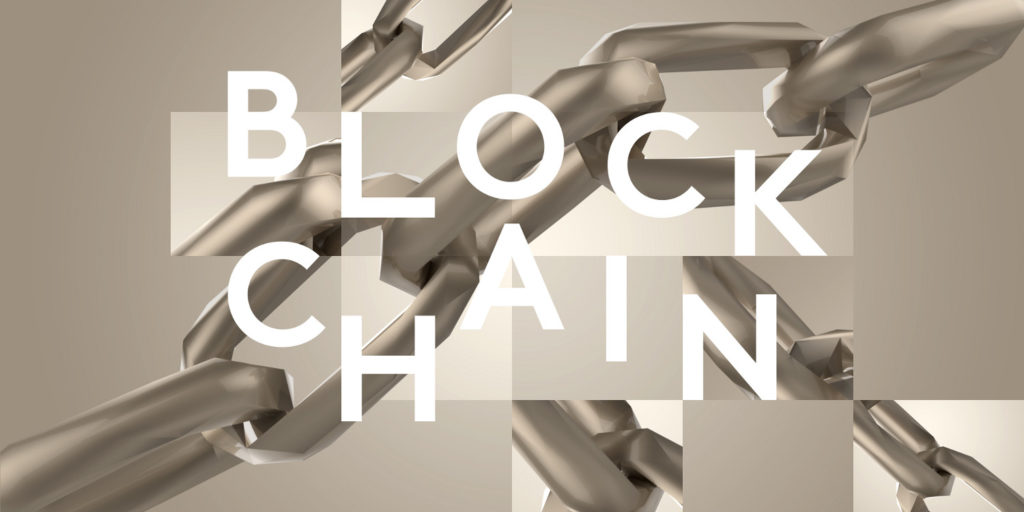The new venture will comprise the likes of energy giants such as BP, Shell and Statoil; traders like Gunvor, Koch Supply and Trading and Mercuria; and banks like ABN Amro, Societe Generale and ING. It will also operate and be managed as an independent entity, aiming to launch and operate the new blockchain-based digital platform by the end of 2018.
Physical energy transactions from trade entry to final settlement will be implemented via the blockchain platform, which envisions that over the time all energy will be transacted via decentralised blockchain models.
The new venture has the potential to become a big step for blockchain technology, which has not yet reached maturity and requires further development. The event that leading financial institutions also participate in the new venture is highly encouraging, given that the Bitcoin crypto-currency is the largest and most successful application of blockchain to date.
Technological and regulatory challenges
Popular content
Several challenges, both technological and regulatory, remain. The fundamental idea behind blockchain is to remove the so-called middle-men (e.g. electricity suppliers or aggregators) in the energy trade. Where a power generator and a customer agree a transaction, they agree the terms and details of it and trade electricity peer-to-peer without needing intermediates. Their transactions are encrypted, distributed and stored to the individual computers that form the chain. For a transaction to be implemented, its details and terms need to be verified by all individual computers comprising the chain (this is a process called ‘mining’).
Members of a blockchain can either be identified or not. Bitcoin (in the area of financial services) for example keeps the identity of the participants anonymous. Other systems may require the identity of participant to be disclosed before entry to the blockchain. It is highly interesting to see which option the new blockchain platform will opt for, given specifically that models based on anonymity increase operating costs and require great IT power to perform fast.
On the regulatory side, it will be useful to see how the smart, digital contracts will be used in the new platform. In the traditional electricity model used today, there are clearly defined responsibilities of supply and operation for both the power suppliers and the networks operators. In the case of decentralised blockchain units, such units rely on the distributed register (the ‘ledger’) and decisions are taken by consensus on the basis of a computer code. The new blockchain platform can offer lessons on this front too.
This content is protected by copyright and may not be reused. If you want to cooperate with us and would like to reuse some of our content, please contact: editors@pv-magazine.com.


1 comment
By submitting this form you agree to pv magazine using your data for the purposes of publishing your comment.
Your personal data will only be disclosed or otherwise transmitted to third parties for the purposes of spam filtering or if this is necessary for technical maintenance of the website. Any other transfer to third parties will not take place unless this is justified on the basis of applicable data protection regulations or if pv magazine is legally obliged to do so.
You may revoke this consent at any time with effect for the future, in which case your personal data will be deleted immediately. Otherwise, your data will be deleted if pv magazine has processed your request or the purpose of data storage is fulfilled.
Further information on data privacy can be found in our Data Protection Policy.